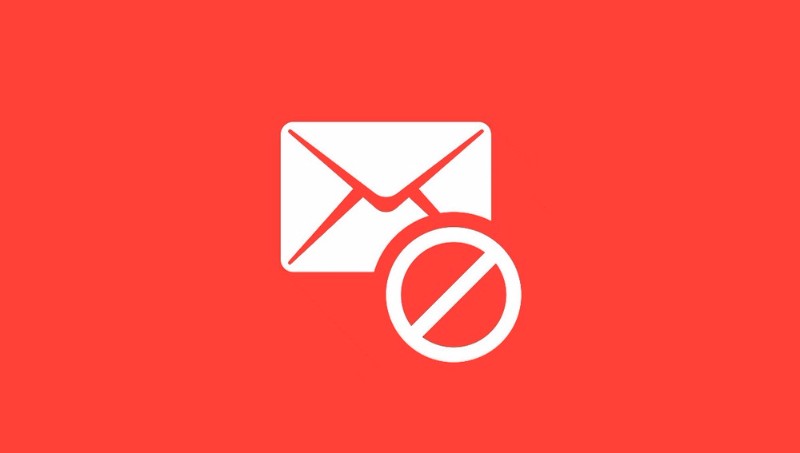Semalt: Basic Reasons To Block Referrer Spam In WordPress and Google Analytics

Spam can either use server space to send out malware, Trojans, or viruses or take advantage of the user's vulnerabilities and send harmful malware and virus to them directly. Either way, spam needs the user, but the user certainly does not need it. When opening WordPress, it is imperative that one implements tools to inhibit the infiltration by spam.
Referral spam is one of the types that affect WordPress and can have grave consequences to the Google Analytics system. It preys on the website rankings thus turning search algorithms against it. Jack Miller, the Senior Customer Success Manager of Semalt, states that the best technique is to block referrer spam on both Google Analytics and WordPress.

Referrer Spam
It has one purpose which is to distort the functioning of the search engines. Spammers send out multiple links and URLs in a bid to boost a particular website's rank. They are usually fake links but always link back to the particular site. In short, it is a shortcut to improving search rankings without providing any valuable content. If the analytics report includes this traffic in its report, it will mean that the website is linking back to a poor-quality site. It improves the ranking for the site, but if Google identifies this technique, they penalize the site for working together with a junk website.
Google and other search engines have come up with a defensive mechanism to prevent the bulk of spam referrals on sites. Nevertheless, users are advised to take precautions as well to reduce problems.
Spam referral gets its name from the manner it interacts with Google Analytics. As a website owner, one would want to see which websites refer traffic to the site. Spammers take advantage of this and hope that they click on their websites while referring to the Google Analytics report.
Benefits of Blocking Referral Spam
One implication of referral spam is that it will interfere with future search rankings of the website. To remain successful in a marketing campaign, one must ensure that the site continues to deliver quality content to its visitors. The presence of referral spam hampers this objective. Therefore, prevention behooves the owner's website from the clutter of poor links on their platform. All they do is make it harder for the visitor to find relevant content. Finally, there is also the potential that one might click on a website that contains harmful content.
Blocking Referrer Spam in WordPress and Google Analytics
- Install Referral Spam Plugin
Browse the referrer spam plugin page and download and install plugins into the WordPress dashboard. It opens up all its features and settings. Then activate the plugin. Other tools to use are Sucuri, SpamReferrerBlock, or WP Block Referrer Spam.

- Configure Settings
There is a tab on the left-hand side of the WordPress tilted Referrer Spam. Click on it and the following referrer spam option that follows. Select the option to Auto Update to make sure that it blocks referrer spam on a daily basis. In the Block Mode, choose Rewrite Block as it works faster and runs on the server level. Under Manual Update, it is where one updates referrer spam definitions, especially if there is a suspicious link not cleaned out yet.
- Checking Last Updates and Custom Blocks
One the referrer spam page, there is a top-bottom option for the last update, which informs on when the user carried out the last update. It is an excellent tool which indicates the efficiency of the plugin. If there are a few spammy URLs in the report, copy and paste the link in the custom blocks box for a manual approach. Then save all changes and exit.
- View Blocked Sites
Click on the Referrer Spam Tab and select All Blocked Sites. It then opens a window with all the blocked URLs, and one can open them without any threat.
- Getting Rid of Ghost Referrer Spam
Open Google Analytics to determine if it is in working order. Some of the sites may get through because they are Ghost referrals meaning they are not getting to the site so the plugins cannot block them. Follow the following process: click on Audience, select Technology, and then Network. Find and select Hostname as the primary dimension. Take note of all domains and make a list of all legitimate ones. Click on Admin, filters, add filters, custom filter type, and then include. Select save and exit. Go back to the dashboard to see if it is now working.